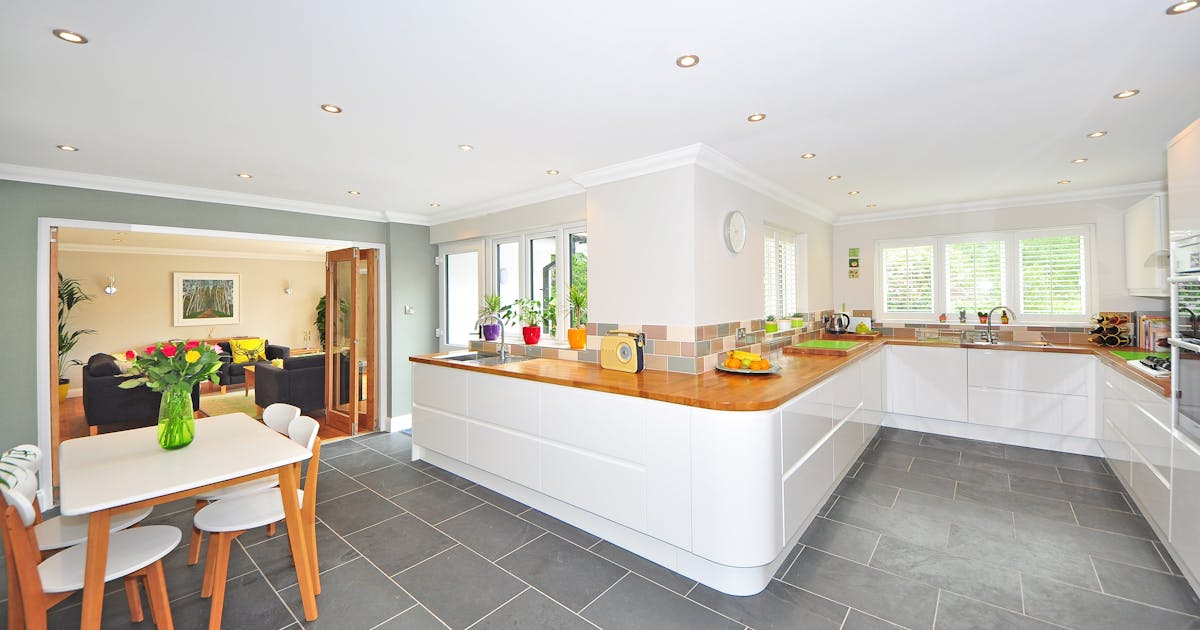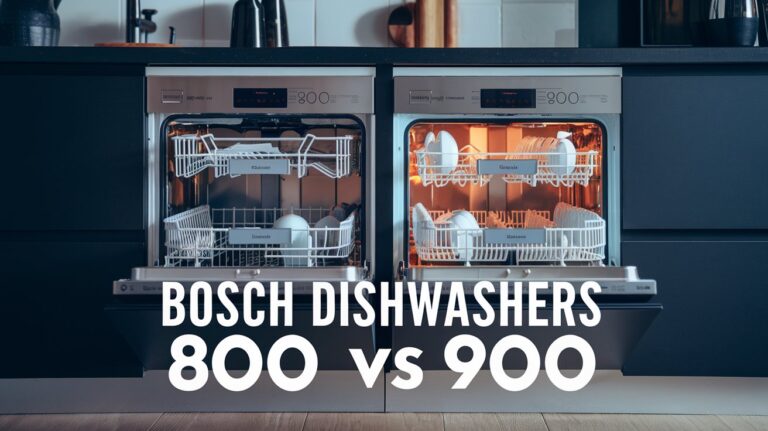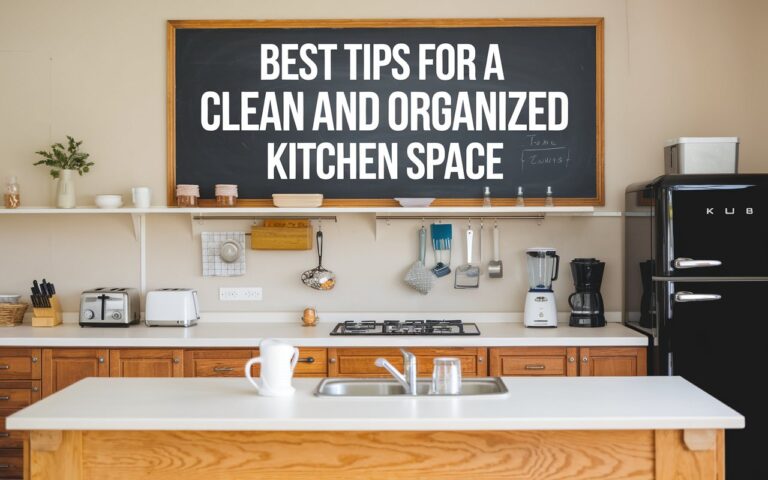To separate the kitchen from the living room, consider using a room divider or a sliding door. This will create a distinct boundary between the two spaces, enhancing functionality and aesthetic appeal.
When designing an open-concept layout, differentiating between the kitchen and living room areas can be vital for organization and flow. Implementing a physical barrier such as a room divider or sliding door can effectively delineate these zones while maintaining a cohesive and stylish look.
By incorporating this separation, you can define each space’s purpose and design elements, creating a harmonious and visually appealing environment. The separation between the kitchen and living room ensures a balanced and functional layout that maximizes both areas’ usability and aesthetics.
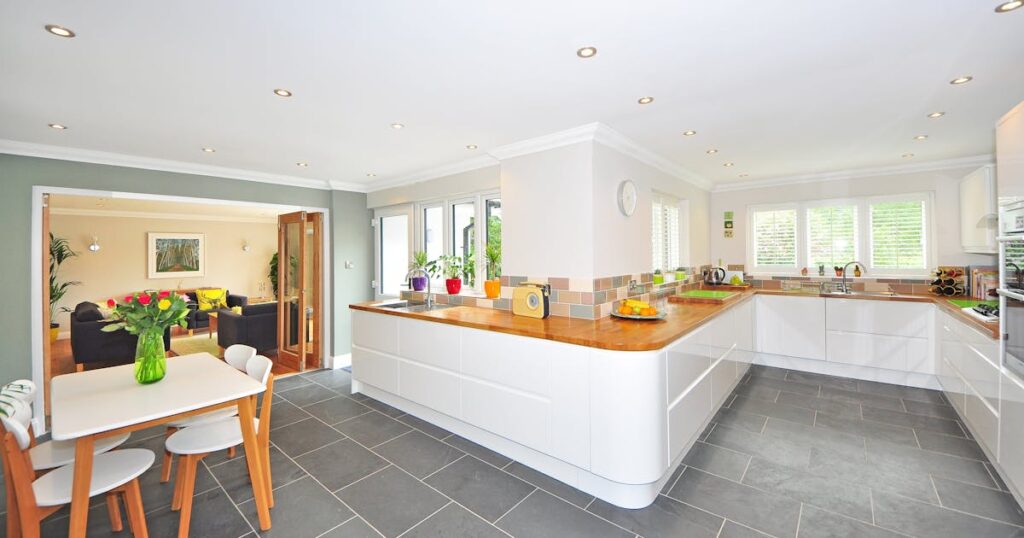
Practical Ways To Separate Kitchen From Living Room
Discover practical ways to separate your kitchen from the living room effortlessly, creating a functional and private space. From utilizing room dividers to incorporating sliding doors, these unique ideas will enhance the ambiance of your home while promoting seamless living.
Practical Ways to Separate Kitchen from Living Room Using Room Dividers Room dividers are an excellent way to create a visual separation between your kitchen and living room while maintaining an open feel.
These dividers come in a variety of materials and styles, such as screens, shelving units, or hanging curtains, allowing for customizable options that complement your existing decor.
They are easy to install and can be moved or adjusted as needed for flexibility, making them a versatile and affordable choice for dividing the two spaces. Creating a Partial Wall For a more permanent and structural separation, consider installing a partial wall between the kitchen and living room.
This can be achieved by adding a half wall or low-height partition, which provides a clear division without completely closing off either space. The partial wall can also serve as a functional area for additional storage or display, such as incorporating built-in shelving or cabinets that blend seamlessly with the design of both rooms.
Installing Sliding Doors Installing sliding doors offers a practical solution for separating the kitchen and living room while allowing for easy accessibility and unobstructed views when open.
These doors provide privacy and noise reduction, as well as the option to close off the kitchen for cooking activities or to conceal any clutter or mess. Sliding doors also come in various designs and materials, including glass, wood, or metal, offering an aesthetically pleasing and functional way to divide the two areas.
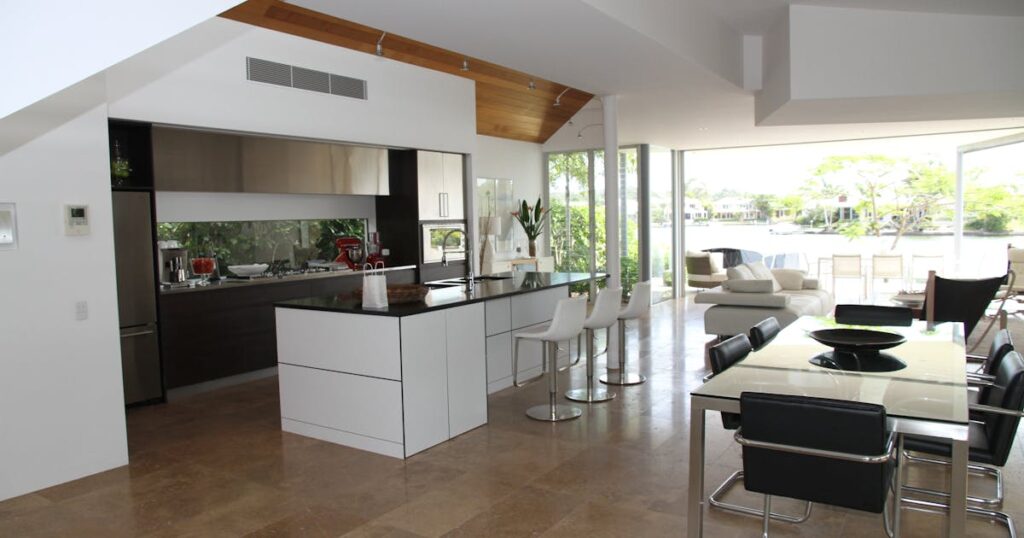
Design Ideas For Separating Kitchen From Living Room
Creating a defined separation between the kitchen and living room can enhance both spaces’ functionality and aesthetics. Here are some design ideas to achieve this:
Utilizing Furniture
Strategically placing furniture items can visually divide the kitchen and living areas.
Using Different Flooring Materials
Opting for distinct flooring materials can set a clear boundary between the kitchen and living spaces.
Distinct Paint Colors
Choosing different paint colors for the kitchen and living room walls can create a striking visual separation.
Utilizing Visual Elements For Separation
When separating your kitchen from the living room, visual elements play a crucial role in defining the space. By strategically utilizing visual elements, you can create a distinct separation while maintaining a cohesive design.
Hanging Curtains
Hanging curtains is a simple yet effective way to visually divide the kitchen and living room areas. Curtains can be used to add color, texture, and privacy, while still allowing for easy transition between the two spaces.
Displaying Artwork
Displaying artwork on the walls can also help create a visual separation between the kitchen and living room. Choose pieces that complement the overall style of each area and consider using gallery walls or large statement pieces to make a bold statement.
Installing Shelves Or Bookcases
Installing shelves or bookcases can serve as both functional storage and a visual divider between the kitchen and living room. Use these pieces to showcase decorative items, plants, or books, adding personality to each space while delineating their boundaries
The Ultimate Guide to the 9 Best Fridge Locks for Securing Your Refrigerator
Maximizing Functionality And Storage
Integrating a kitchen island or breakfast bar is an efficient way to separate the kitchen from the living room while maximizing functionality and storage. These additions provide additional countertop space, storage compartments, and seating options, making them ideal for meal preparation, dining, and socializing.
Incorporating built-in cabinets and shelving is a practical method to define the kitchen area while optimizing both functionality and storage. These installations offer ample space to store kitchen essentials, cookware, and utensils, reducing clutter and enabling efficient organization.
Implementing multifunctional furniture, such as convertible dining tables, storage ottomans, or nesting tables, is a versatile approach to delineating the kitchen from the living room. This strategy enables the utilization of space for various purposes while enhancing storage options and usability.
Enhancing Privacy And Noise Reduction
Separating the kitchen from the living room can greatly enhance privacy and reduce noise pollution, making both spaces more enjoyable to be in. There are several techniques you can implement to achieve these goals effectively.
Installing Glass Panels Or Stained Glass
If you want to maintain an open and spacious feeling while still dividing your kitchen and living room, installing glass panels or stained glass can be an excellent choice. These not only create a physical barrier but also allow natural light to flow between the two areas, creating a sense of continuity and brightness.
Using Acoustic Panels Or Wall Coverings
To minimize noise transfer between the kitchen and living room, consider installing acoustic panels or wall coverings. These specially designed materials absorb sound waves, reducing echo and preventing noise from traveling freely. They can also add a touch of style to your space while ensuring maximum privacy and tranquility.
Placing Indoor Plants Or Greenery
A simple yet effective way to enhance privacy and noise reduction is by incorporating indoor plants or greenery throughout your kitchen and living room. Not only do plants provide a visual barrier, but they also absorb sounds, acting as natural noise filters. Additionally, they add a touch of nature and fresh air, creating a soothing and harmonious atmosphere.
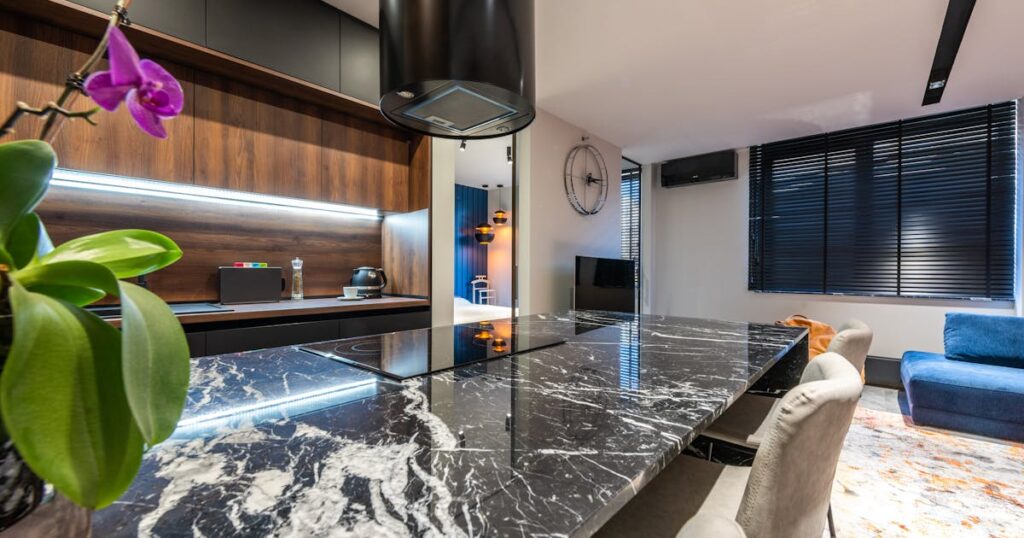
FAQs About How To Separate Kitchen From Living Room
How Can I Separate The Kitchen From The Living Room Without Walls?
One way to separate the kitchen from the living room without walls is by using furniture placement or room dividers strategically.
What Are Some Creative Ideas For Separating The Kitchen From The Living Room?
Consider using open shelving, a breakfast bar, or a kitchen island to visually separate the kitchen from the living room in a stylish and functional way.
Are There Any Cost-effective Ways To Divide The Kitchen And Living Room?
Yes, you can use curtains, sliding doors, or sliding panels as a cost-effective solution to separate the kitchen and living room without breaking the bank.
Does Adding A Rug Help To Differentiate The Kitchen From The Living Room?
Yes, adding a rug in the living room area can help define the space and visually separate it from the kitchen, especially if you choose contrasting colors or patterns.
Can Plants Be Used To Create A Distinction Between The Kitchen And The Living Room?
Absolutely! Introducing indoor plants can add a natural and refreshing element that separates the kitchen from the living room, bringing in a sense of privacy and ambiance.
Wrapping for How To Separate Kitchen From Living Room
In the end, finding ways to separate the kitchen from the living room can greatly enhance the functionality and aesthetic appeal of your home. By implementing the tips and design ideas discussed in this blog, you can create a more efficient and harmonious space that meets your needs and reflects your personal style.
Whether through physical barriers or thoughtful decor, achieving the perfect balance between these two essential spaces is within reach.

